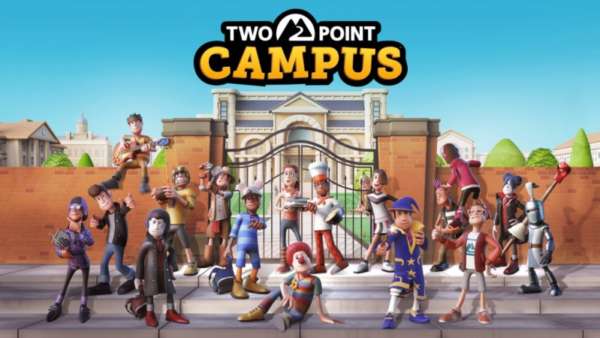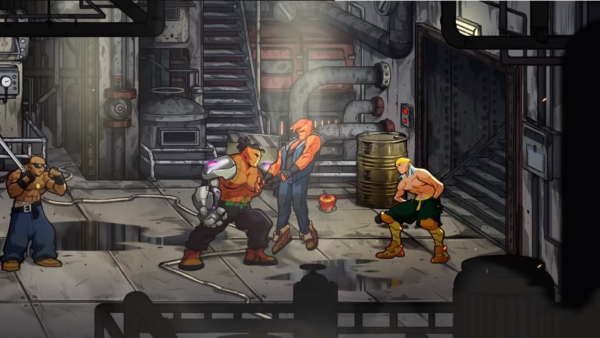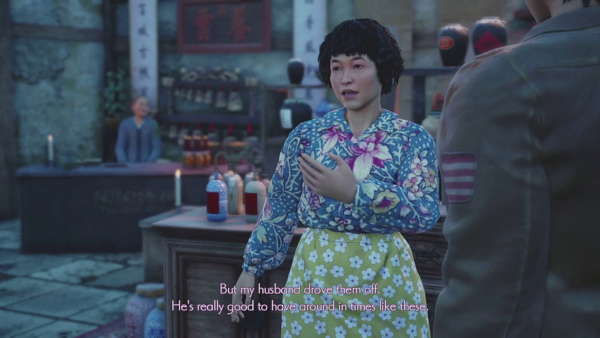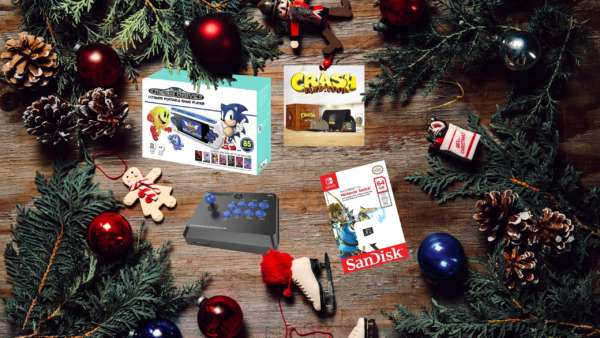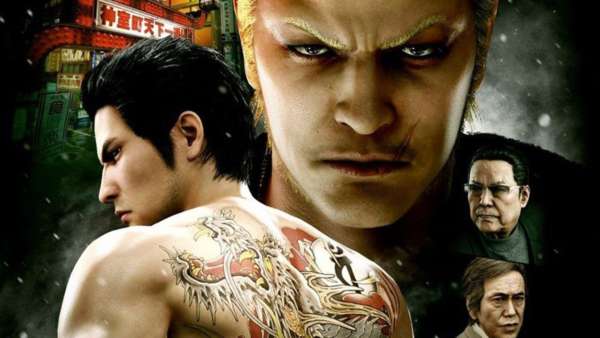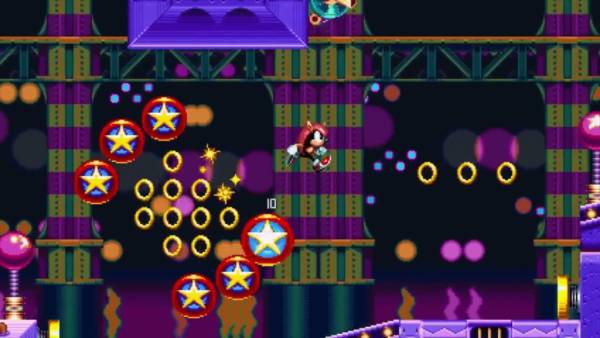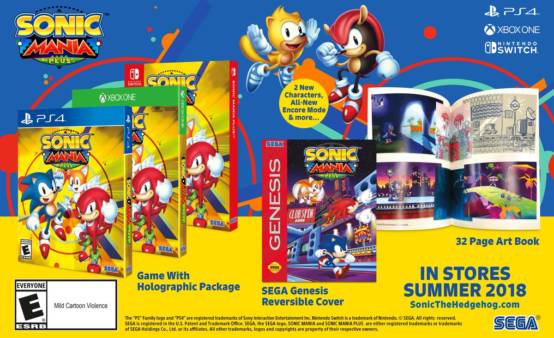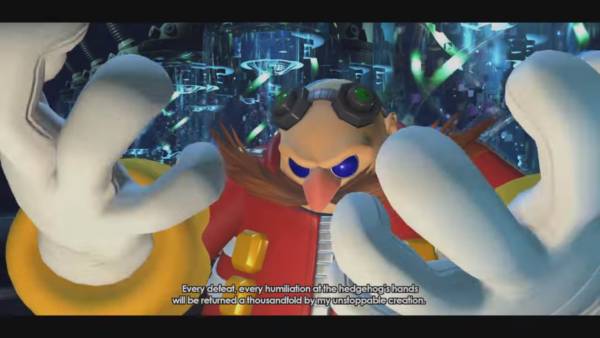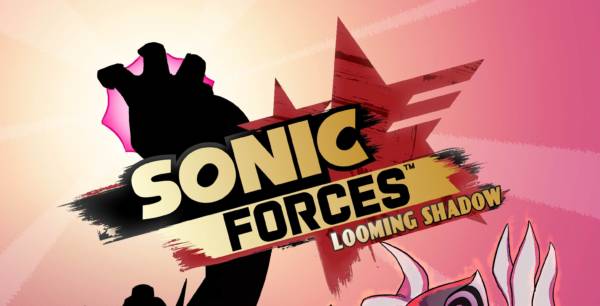Sonic The Hedgehog. A franchise that has seen the best and worst of what the industry has to offer. Since 2010, the series has gone from strength to strength with titles like Sonic Colours and Sonic Generations bringing the series out of its rut.
Sonic Lost World is the first game post-revival, and what’s interesting is that it eschews the type of gameplay we’ve come to expect from Colours and Generations, in favor of something completely different – a gravity-based platformer akin to Super Mario Galaxy. Why Sonic Team felt this was necessary is a mystery, but they haven’t exactly failed in creating something interesting as a result.
Almost every level in Sonic Lost World plays with gravity, often placing Sonic among long, cylindrical floating islands with their own pull. This solves an issue which had plagued some of the 3D sonic games before – Sonic can’t fall the edge, because he’ll just wrap back on himself. This means that Sonic Team can explore the third dimension further, as they aren’t confined to merely building long corridors for players to boost through. The new focus on platforming is also aided by the new control system Sonic Team has implemented.
In a genius move, Sonic Team has put Sonic’s speed firmly in control of the player. Simply pushing the left stick on the GamePad will make Sonic walk, perfect for platforming segments on precarious terrain. Holding the right trigger will make Sonic run, which feels great, and even causes Sonic to automatically vault over short obstacles. But for ultimate speed, you can use the classic spindash move, which is incredibly fast and requires some practice.
What this all means is, for the first time, Sonic’s trademark speed is fully manageable. You will never feel like you’re going too fast to react. Likewise, you won’t feel like Sonic moves too fast for precarious platforming. Most importantly of all, Sonic can stop dead in his tracks. As a result, Sonic has never controlled better in 3D. The words “precision controls” and “3D Sonic game” have never made sense together in the same sentence until now, and the game is miles better for it.
Wisps make their return from Sonic Colours, some of which are brand new. These powerups transform Sonic into a colourful new Wisp, such as the Laser, which sends Sonic in a direction as a beam of light. A new Wisp is the Eagle, which turns Sonic into a red flying creature to reach higher areas. Some of them don’t feel like they’re entirely necessary unlike in Colours though, and one or two of them feel like a means to an end – you need the Eagle Wisp to collect a Red Ring in one of the stages, for example. Having said that, they do provide an alternate means of getting through certain sections, which provides more options for the player – particularly the Laser in the first stage, Windy Hill.
With the level design, Sonic Team has decided to throw logic out the window. You’ll go from a frozen ice-planet straight to a casino, just because. Sonic Team’s attitude seems to lean toward creating something interesting and fun in place of something that makes sense. Why are there floating billiards and tables on the snowball stage? So you can pot them, silly.
Graphically the game is very good looking in terms of style, but what’s of note is that the game runs at a solid 60 frames per second, which doesn’t let up, even when Sonic is at full spindash speed. Watching the crazy colourful levels whizz by at this pace is impressive, and even when played using the GamePad the framerate is maintained.
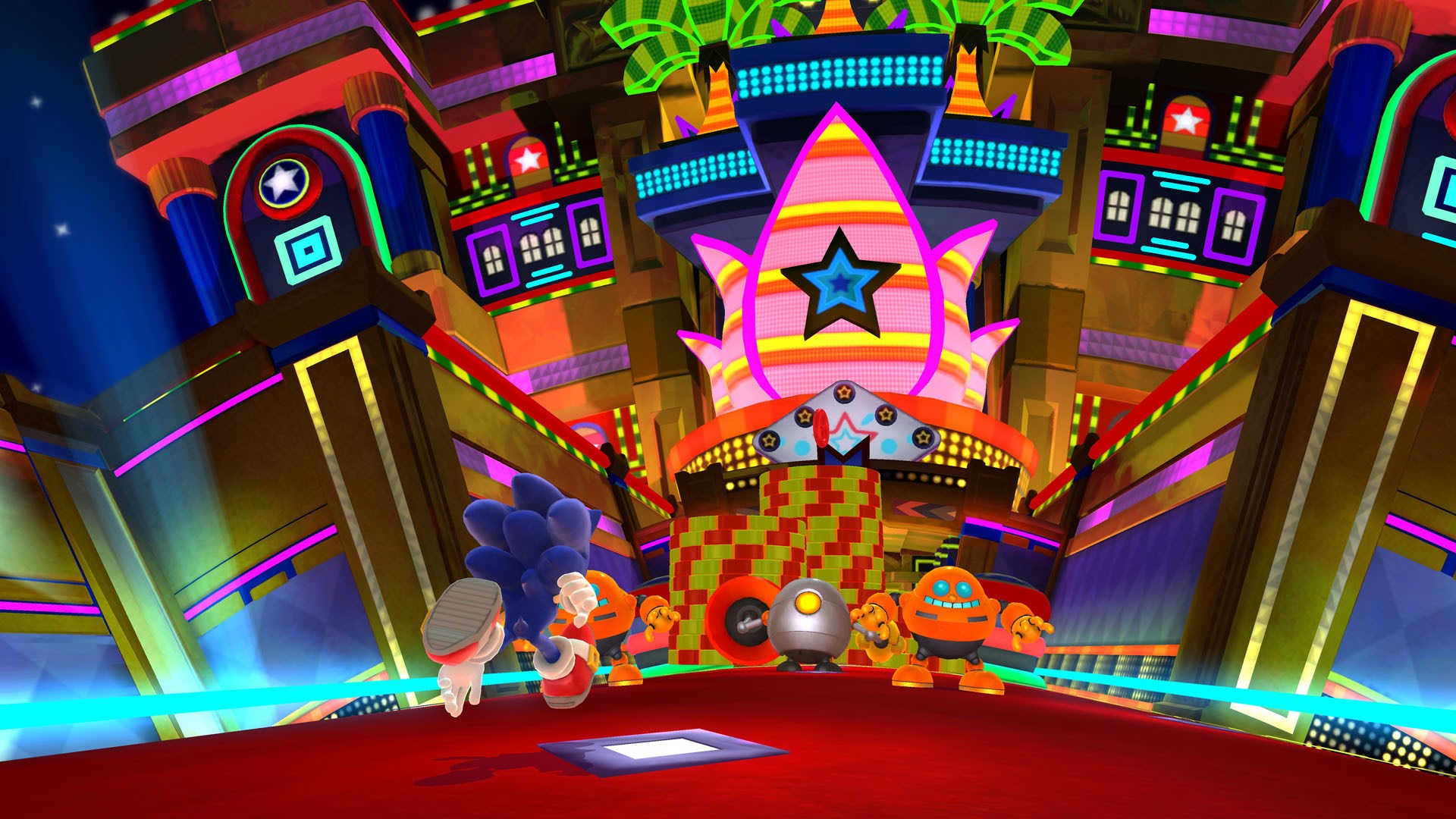
Familiar Sonic-style levels are in abundance, which everyone can appreciate – not just fans
The story in Sonic Lost World sticks to the light tone seen in Sonic Colours. Sonic and Tails are chasing Dr. Eggman to the Lost Hex, a strangely hexagonal world floating in the sky, whereupon we meet the game’s antagonists, the Deadly Six. These six creatures force Sonic to team up with Eggman so they can defeat them. These six characters are easily forgettable, and act as boss fights at the end of certain levels. Most of these boss fights are weak, and usually involve merely homing-attacking into whichever Deadly Six member you’re currently dueling with. The Deadly Six are over-the-top caricatures of basic personality types, making their dialogue instantly predictable and mostly lame, which is unfortunate.
Having said that, the cutscenes featuring Sonic, Tails and Eggman are inoffensive, and you might actually laugh at a joke or two. The story is very barebones, and it feels like just another plot for Sonic to foil – just another episode of a Saturday-morning cartoon. It looked for a moment like Sonic was going to have a character arc, albeit a simple one. But this is completely ignored by the end, which is a shame. Having said that, a lighter story is still far better than the epic yarns seen in 2006.

Dr. Eggman’s up to his old tricks again – the characters are rather well-written except for the Deadly Six
The latter part of the game is where the negatives come in. The final world features a few scenarios which are cheap rather than challenging. There’s a lengthy on-rails section towards the end of the game that feels like it comes straight out of 2008’s misfire Sonic Unleashed, a trial-and-error mess with cheap, one-touch deaths, and thinly spread checkpoints. The same can be said of the oddly controlled flying sections, where you hold the jump button to make Sonic glide downwards. While Sonic Team should be commended for trying out new gimmicks, they might have bitten off more than they can chew in some places.
Also, Sonic Team has literally used a game-lengthening strategy straight out of their pre-Colours games, which is a crime, but it has been tweaked. As you play the game you collect animals from Dr. Eggman’s robots which build toward a cumulative total. The later stages require a set amount of animals to unlock, which means you might find yourself unable to continue and having to replay stages. This is alleviated somewhat by the presence of “Circus” minigames are actually competently made, provide hundreds of animals, and they don’t outstay their welcome. Sonic Team knew that asking players to farm for animals just by playing stages over and over would have been less than optimal, so these mingames are a perfect little aside, as they still work toward the end goal of unlocking all the levels. Despite this, revisiting stages from earlier in the game is not exactly bad; these levels are fun to play and you’ll likely discover something you didn’t see or know on your first time through.
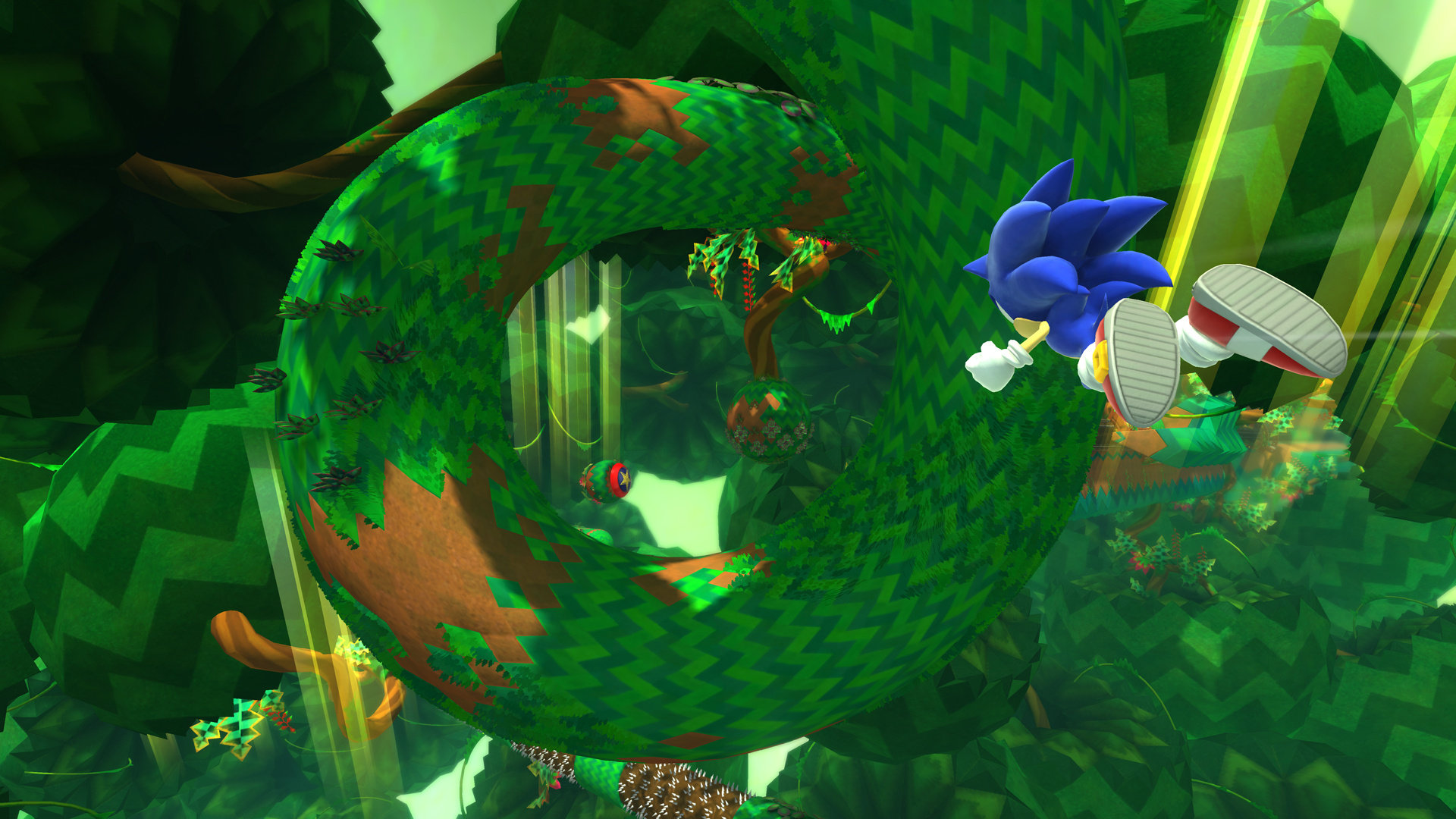
Great controls, design and music make most levels worth returning to
It’s a shame that there are frustrating moments toward the end of this game, because it starts off so promisingly, moving between 2D and 3D, delivering fun moments and interesting platforming. When Sonic Team tries to make the latter part of the game more difficult, problems that plagued Sonic games in previous years come back, but not nearly as bad.
Thankfully the majority of the game doesn’t suffer from the cheapness seen at the end. Sonic Lost World is a joy to play, most of the time. Aside from the last world, every stage will leave you wanting to come back, to explore, to discover. The level design and the addicting replay-ability of most of the core stages mean that you can spend a while just looking for secrets and it will have been worth that while.
The music in the game is excellent. Instantly hummable and catchy tunes play out across most levels, which evoke a feeling of 90s-era themes, and could have easily been in a 90s Sonic title – the ice world theme in particular. Nostalgic yet new, the soundtrack is a definite highlight. What’s more is there isn’t a cringe-worthy vocalist singing horrendous lyrics for once.
The game is still recommended to Sonic fans, and anyone looking for a platformer with lots of post-game content, including a very special unlockable for finding all the Red Rings. The story can take around 5 hours to complete, but finding all the hidden Chaos Emeralds and Red Rings and S-ranking all stages after you have finished the story will take considerably longer. If you’re not interested in post-game unlocks, then you’re doing yourself a disservice, as there’s still tons to do once you finish the admittedly short story.
Sonic Lost World is an experimental title that doesn’t always pay off right at the very end, but it’s still an above-average 3D platformer, with enough interesting moments and a generally good gameplay overall to keep you playing after you finish the short story. The game is good at making you want to come back and find its secrets. You’ll want to return to stages and use the new control scheme and mechanics to reach new areas and new routes, and thanks to Sonic Team’s talented level designers, they’ll actually be there for you to find. Finding all the secrets will unlock rewards that are actually worth it – including a final unlock that is very special indeed. A well-designed, totally solid game, most of the time.
